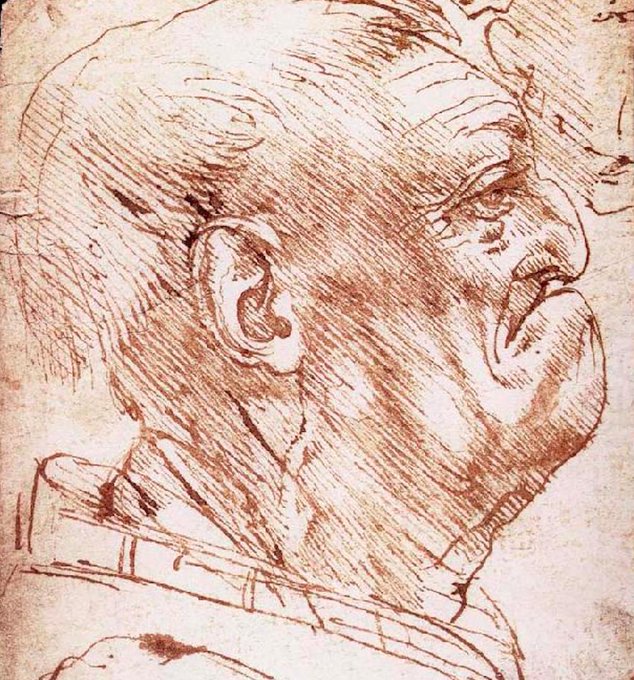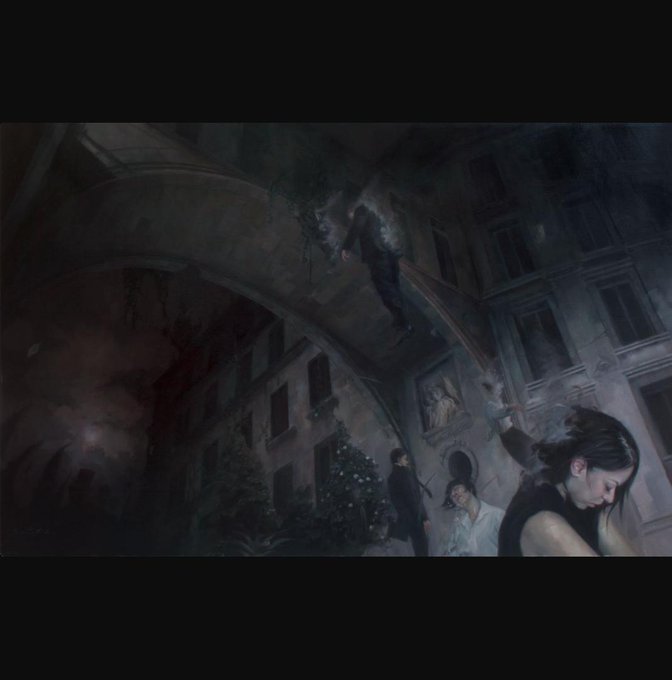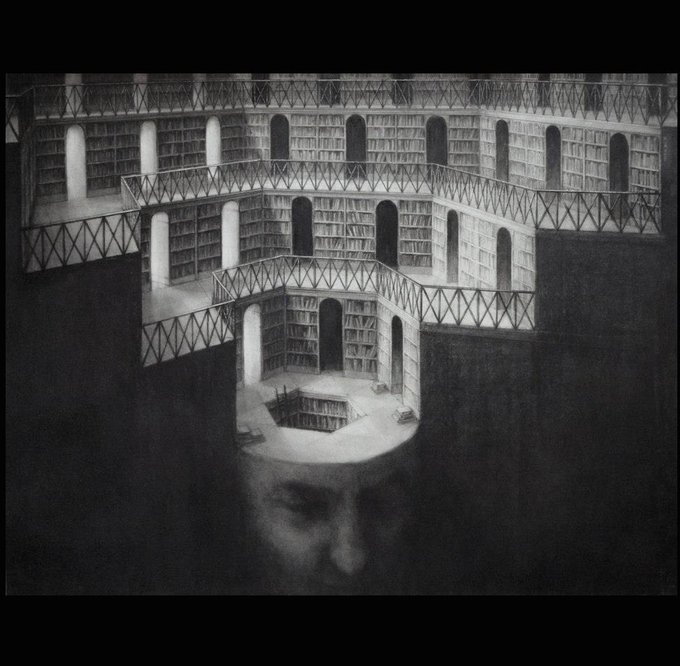Don't lose your head over it, but the last death by the Guillotine in France was on September 10, 1977. That's 1977 (a mere 42 years ago), not 1897! Also - the last person publicly beheaded (in the street) by the Guillotine in France was in 1939 (picture 3).
In his quest for the secret of an elixir for immortality, the Chinese Alchemist Ge Hong (283-343 AD) accidentally discovered how to make gunpowder. Ironic that the groundwork for the basis of modern weapons was laid by an alchemist searching for everlasting life.
The Monsters of Fortunio Liceti (1665). "The book caused a huge rise in interest throughout Europe in “monstrosities”: mermaids, mutants, deformed fetuses & other natural marvels". "Licenti did not see deformity as something negative, Instead he likened nature to an artist."
From the Sublime to the Grotesque. Leonardo Da Vinci (1452-1519) created his many studies of grotesque faces by the same method through which he discovered eternal beauty - through a minute study of facial features, then re-arranging them to create either harmony or disharmony.
Dreams of Floating and Falling. The art of Norwegian painter Henrik Aarrestead Uldalen. (Born 1986 in South Korea).
The Historiae Animalium (“Accounts of Animals” 1551-1558) is a 4,500-page encyclopaedia. In it, Swiss naturalist Conrad Gessner attempted to list & describe all the world’s animals. He netted some mythical creatures along the way. Nonetheless the book marks the birth of zoology
The Hand of God. God, personified in human form in Western Art, did not appear till the 10th century. Prior to that God was represented as a disembodied hand or not at all. The Hand of God as an artistic metaphor was imported from Jewish art. Examples date from the 3rd C.
The Mind Libraries of Paul Rumsey. Rumsey grew up with no TV. "In my bedroom I had the ten volumes of Arthur Mee’s Children’s Encyclopaedia from the 1930s, over 7000 illustrated pages of myths, fairytales, history, animals, paintings and sculpture – all the wonders of the world"
Visions. William Blake (1757-1807) claimed to have seen visions, from as early as the age of four. According to one anecdote, the young artist "saw God" when God "put his head to the window", causing Blake to break into screams.



































